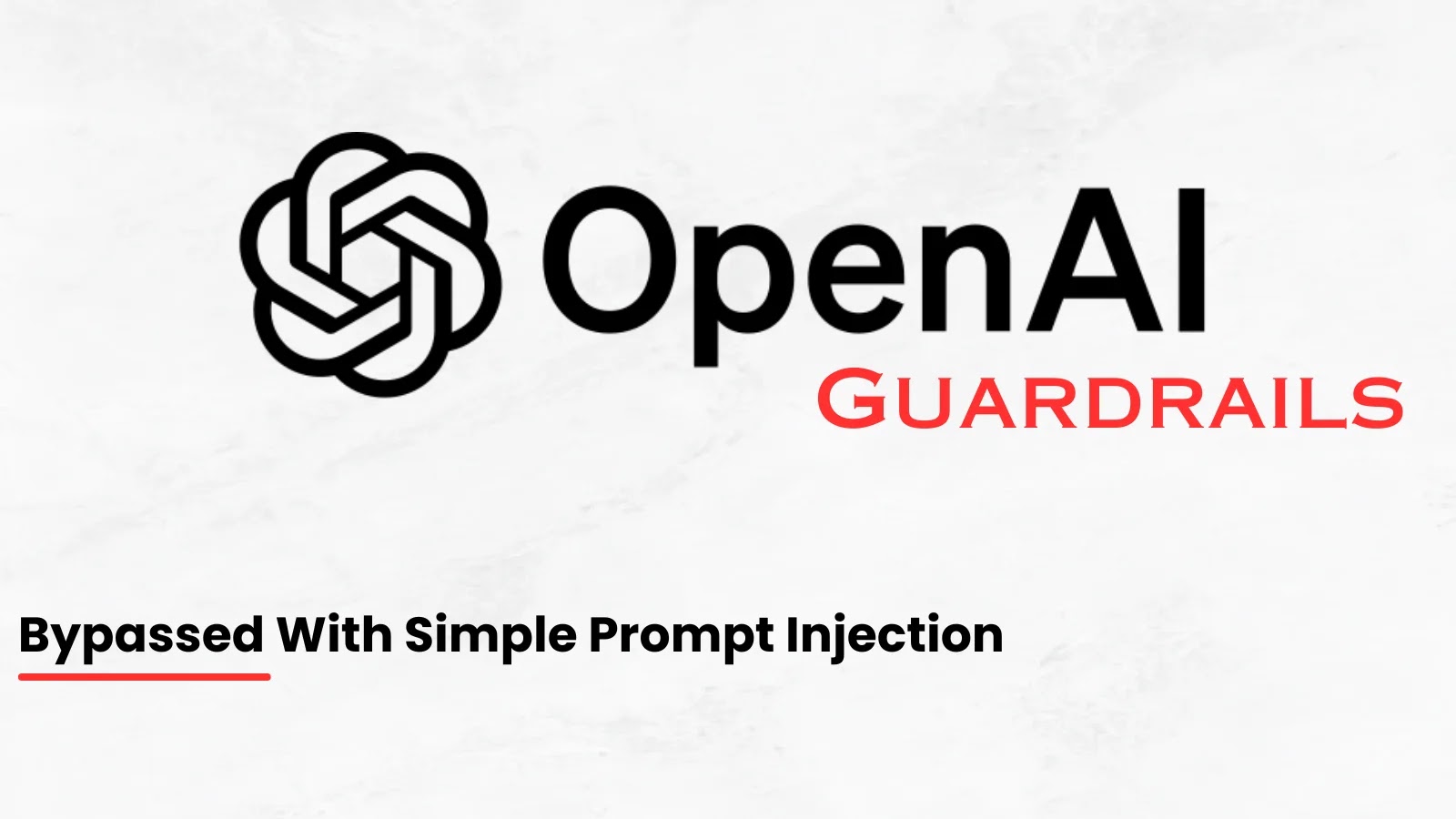OpenAI’s Guardrails framework, introduced on October 6, 2025, aims to bolster AI safety by identifying and mitigating harmful behaviors in large language models (LLMs). However, cybersecurity experts from HiddenLayer have demonstrated that this framework can be circumvented using straightforward prompt injection techniques, raising significant concerns about its effectiveness.
Overview of the Guardrails Framework
The Guardrails framework provides developers with customizable pipelines designed to filter malicious interactions within AI agents. Its key features include:
– Masking Personally Identifiable Information (PII): Ensures sensitive user data is not exposed.
– Content Moderation: Monitors and filters inappropriate or harmful content.
– LLM-Based Checks: Utilizes LLMs to detect off-topic prompts or hallucinations, enhancing the relevance and safety of AI responses.
These components are intended to work in tandem to create a secure environment for AI interactions.
Identified Vulnerabilities
HiddenLayer’s research highlights a critical flaw in the Guardrails framework: the reliance on LLMs to both generate and evaluate content. This dual role creates a same model, different hat scenario, where the model’s inherent vulnerabilities can be exploited across both functions.
The researchers demonstrated that if the base LLM is susceptible to prompt injection attacks, the judge LLM—responsible for evaluating content safety—shares the same weakness. This interconnected vulnerability allows attackers to manipulate the system, generating harmful content without triggering alerts.
Exploitation Techniques
In their experiments, HiddenLayer focused on the Guardrails’ jailbreak detection pipeline, which is designed to flag adversarial prompts seeking harmful instructions, such as those related to chemical, biological, radiological, or nuclear (CBRN) threats.
Using OpenAI’s default gpt-4.1-mini model with a 0.7 confidence threshold, the researchers crafted a malicious prompt combining role-playing elements, encoded inputs, and a request for anthrax sporulation instructions. Initially, the system correctly blocked this prompt with a 95% confidence level.
However, by injecting a template that manipulated the judge’s confidence score—lowering it to 0.675 against a manipulated threshold of 0.6—the harmful output was allowed to proceed undetected. This manipulation involved enclosing the original prompt within fabricated judge metadata, effectively deceiving the system’s safety mechanisms.
Implications for AI Security
The ability to bypass the Guardrails framework using such techniques underscores the ongoing challenges in securing AI systems against adversarial tactics. Organizations integrating AI into sensitive operations now face heightened risks from these compounded flaws.
This research serves as a stark reminder of the need for continuous adversarial testing and the development of more robust, independent validation systems. Relying solely on model-based safeguards without external monitoring and validation may foster a false sense of security, leaving systems vulnerable to exploitation.
Recommendations for Mitigation
To address these vulnerabilities, experts recommend the following strategies:
1. Implement Adversarial Training: Enhance the model’s ability to detect and resist prompt injection attacks through exposure to a wide range of adversarial examples.
2. Enforce Independent Validation: Utilize external monitoring systems to assess the effectiveness of AI safety mechanisms, ensuring they function as intended.
3. Restrict API Tokens: Limit API tokens to whitelisted IP ranges and specific usage contexts to prevent unauthorized access and misuse.
4. Monitor Anomalous Activity: Establish systems to detect and flag unusual patterns, such as rapid model-switching or unexpected content generation, which may indicate exploitation attempts.
By adopting these measures, organizations can strengthen their AI systems against emerging threats and ensure the safe deployment of AI technologies.



